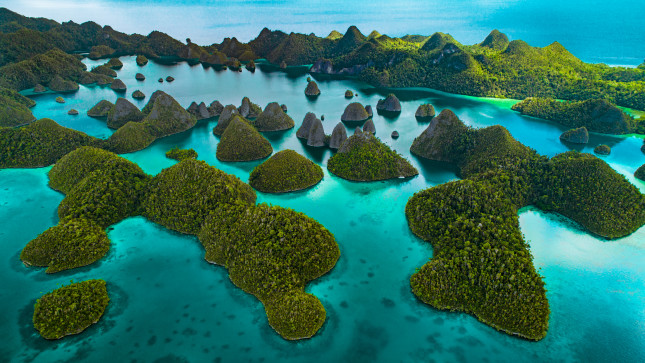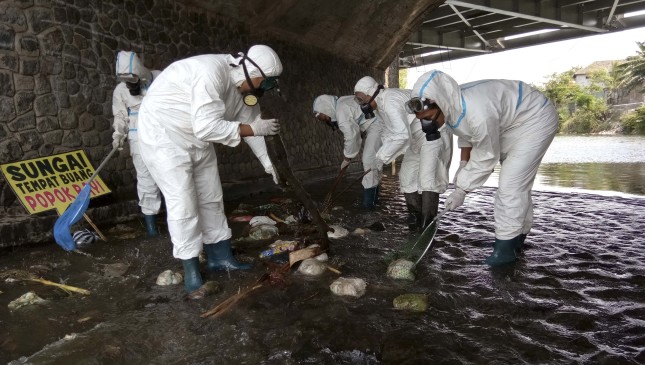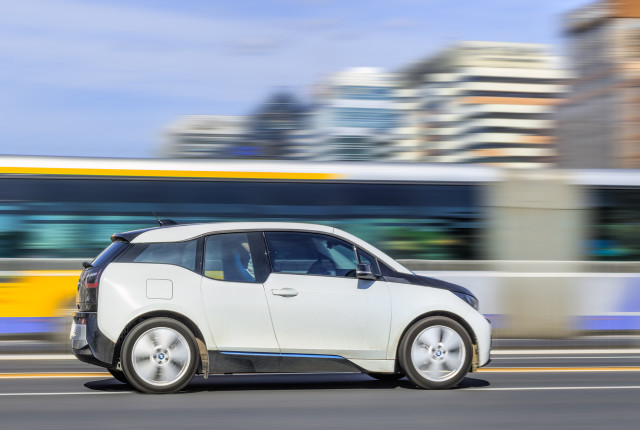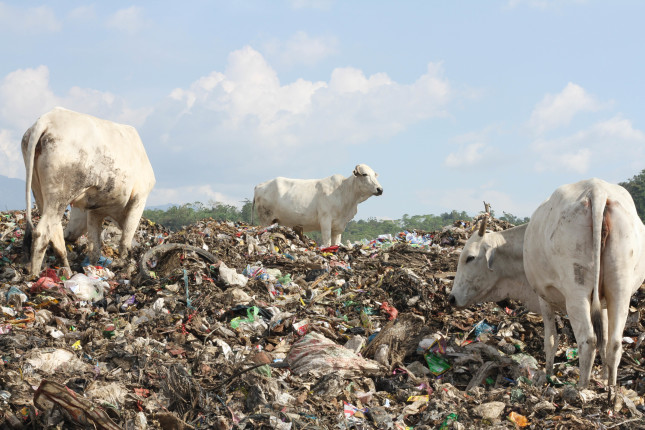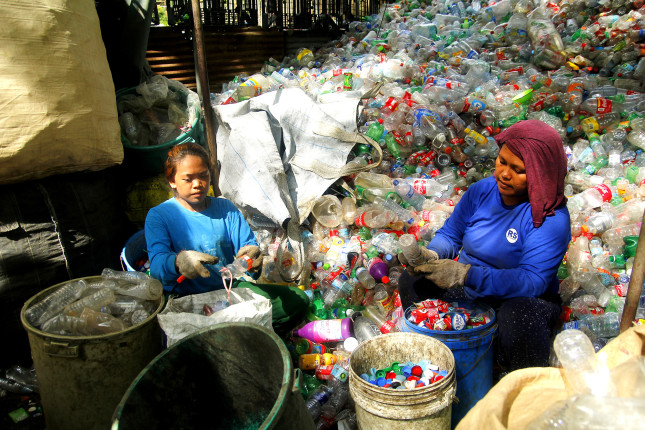-
Crouching Tiger, Hidden Decarbonization: China’s National Emissions Trading System
›In this Year of the Tiger, China, the world’s largest carbon emitter, is signaling more aggressive climate action on several fronts, including expanding its national carbon emission trading system (ETS). Since the launch of the program on July 16, 2021, results have been encouraging; carbon intensity fell three and a half percent in the second half of 2021 and total carbon emissions only grew by four percent, compared to nine percent in the first half of the year. However, China’s implementation of ETS has triggered criticism for having low penalties, loose restrictions, and too low a carbon price. Like a tiger in tall grass, it is vital that Chinese policymakers pounce on the obstacles to expanding ETS coverage and transition from an intensity-based cap to an absolute cap. Signs show this can happen sooner as opposed to later.
-
Don’t Bury Me in Trash — From Recycle to Reduce in West Papua: Q&A with Misool Foundation’s Virly Yuriken
›With white sandy beaches, cerulean waters, and lush jungles, Indonesia’s Raja Ampat Islands are some of the world’s most beautiful islands—and currently under threat from a growing plastic waste crisis. Covering 40,000 square kilometers of land and sea off the northwest tip of West Papua, Raja Ampat lies at the intersection of the Indian Ocean and Pacific Ocean tides in a biodiversity hotspot known as the Coral Triangle.
-
Grassroots Action to Combat Plastics in Asian Rivers: A Conversation with ECOTON Founders Daru Setyorini and Prigi Arisandi
›
In Sidoarjo City, Indonesia, student river detectives catalog the microplastics they sample from the Brantas River, the longest river in East Java. Plastic waste threatens this water that seventeen million people depend on for drinking water, fishing, and irrigation. Daru Setyorini and her team from ECOTON (Ecological Observation and Wetlands Conservation) organized this program to educate youth and inform policymakers on the scope of the problem.
-
Race to Carbon Neutrality: Electric Vehicles in China and the United States
›The year of the Ox came riding in on an electric vehicle (EV) with news that both the United States and Chinese governments were accelerating efforts to expand EV markets. In 2020, China sold 41 percent of the world’s EVs and now, the United States wants to be in the race too. On January 1 of this year, China’s Ministry of Finance slashed subsidies on electric, plug-in hybrids, and fuel cell automobiles by 20 percent, which is around 9 percent of the average retail price. By the end of 2022, it will halt subsidies in an EV Darwinism move as it did with solar PV panel companies to give a boost to the strongest players. Also in January, the Biden Administration announced a plan to electrify 645,000 federally procured vehicles.
-
Turning the Tide: How Can Indonesia Close the Loop on Plastic Waste?
›
Indonesia. Crystal blue waters, palm trees swaying in the wind, endless sandy beaches, lush tropical jungles, towering mountains, lakes, rivers, and more; all are images that may come to mind when you think of Indonesia. But like other Asian countries, Indonesia’s booming development and increased consumption have generated an immense amount of waste, particularly single-use plastics that are leaking into the ocean.
-
Building an On-ramp for Catalytic Capital to Reduce Plastic Leakage: Q&A with Circulate Capital’s April Crow
›Back in 2005, as a part of the Coca-Cola Company Environmental Team, April Crow was a pioneer working on the concept of sustainable packaging. In the mid-2000s, despite stories on the great pacific garbage patch, ocean plastic waste was not high on policy or corporate agendas. April believed this was due to a lack of scientific data on the scale and threat of plastic waste. To fill this gap, April’s team partnered with Ocean Conservancy to convene leading scientists to help fill these knowledge gaps. Their research found the majority of marine plastic pollution stemmed from five Asian countries that lacked waste management infrastructure, which if fully in place, could reduce leakage by 45 percent. This insight raised a challenging question—how can companies and aid agencies bring funding to these markets to facilitate better infrastructure and prevent plastic leakage?
-
Building Local Capacity for Zero-Waste in the Philippines: Q&A with Break Free From Plastic’s Former Asia-Pacific Coordinator Beau Baconguis
›
Large pollution can come in small packages. This is the case with the small plastic pouches, called sachets, that constitute a major source of the plastic waste crisis plaguing the Philippines, a country ranked third in the world for ocean plastic leakage. Filipino consumers throw away a staggering 163 million of these difficult-to-recycle plastic packets each day, which adds up to about 60 billion a year, enough to carpet 130,000 soccer fields.
-
Aiming for A World Where Everything Is Circular: Q&A with Indonesia Plastic Bag Diet Cofounder Tiza Mafira
›“What bothers me is that people tend to look at these rivers and these polluted beaches and think ‘somebody needs to clean it up’—that’s just completely wrong. Because not only is it almost impossible and inefficient, but it’s really not the solution. The solution is prevention,” says Tiza Mafira in the film, Story of Plastic, as she takes a boat trip down the polluted Ci Liwung River that flows through Indonesia’s capital city, Jakarta.
Showing posts by Ruyi Li.



